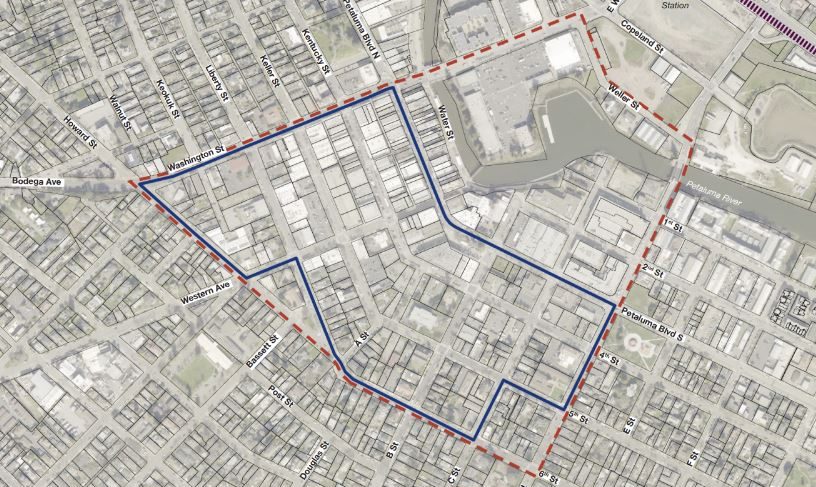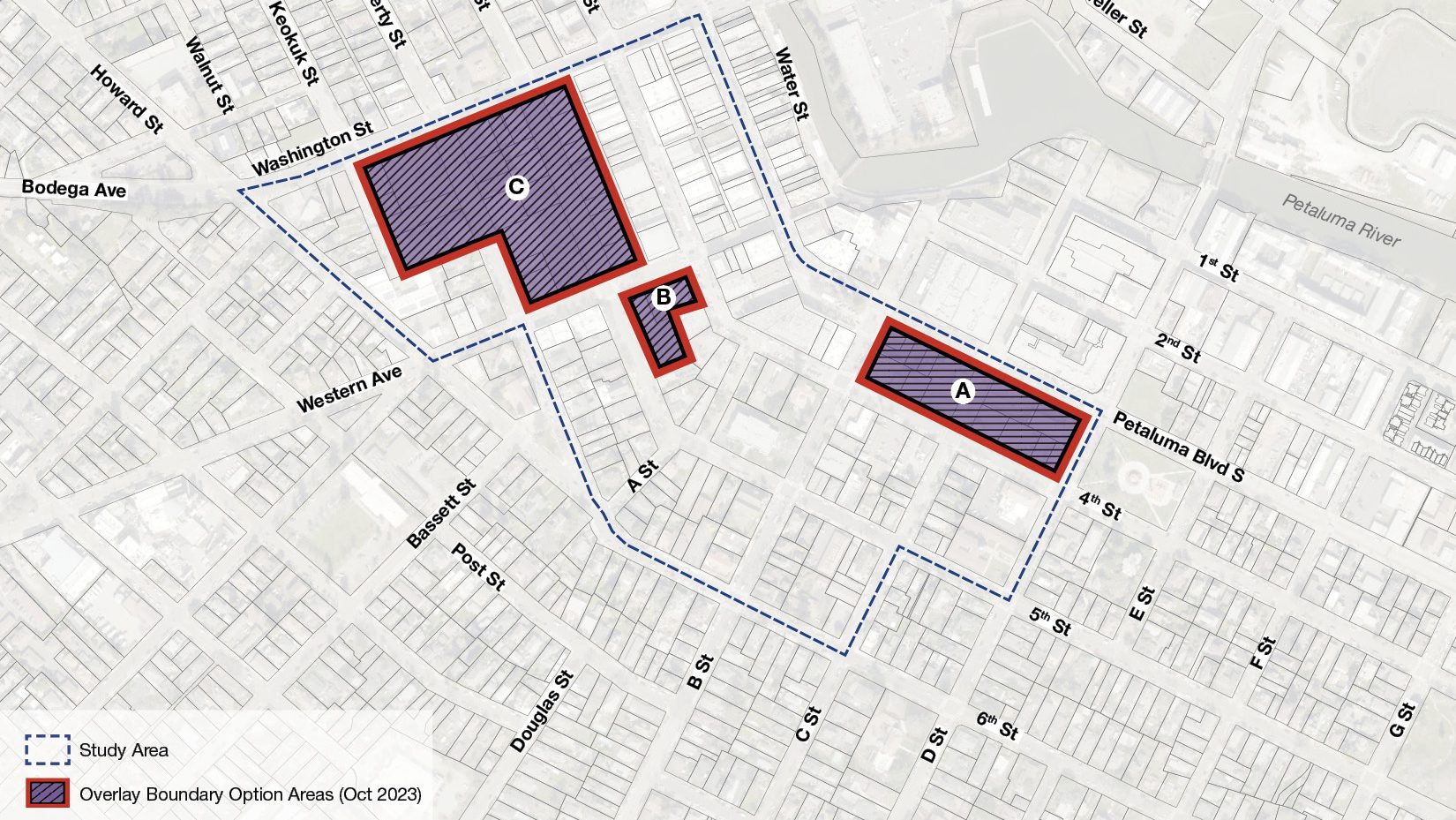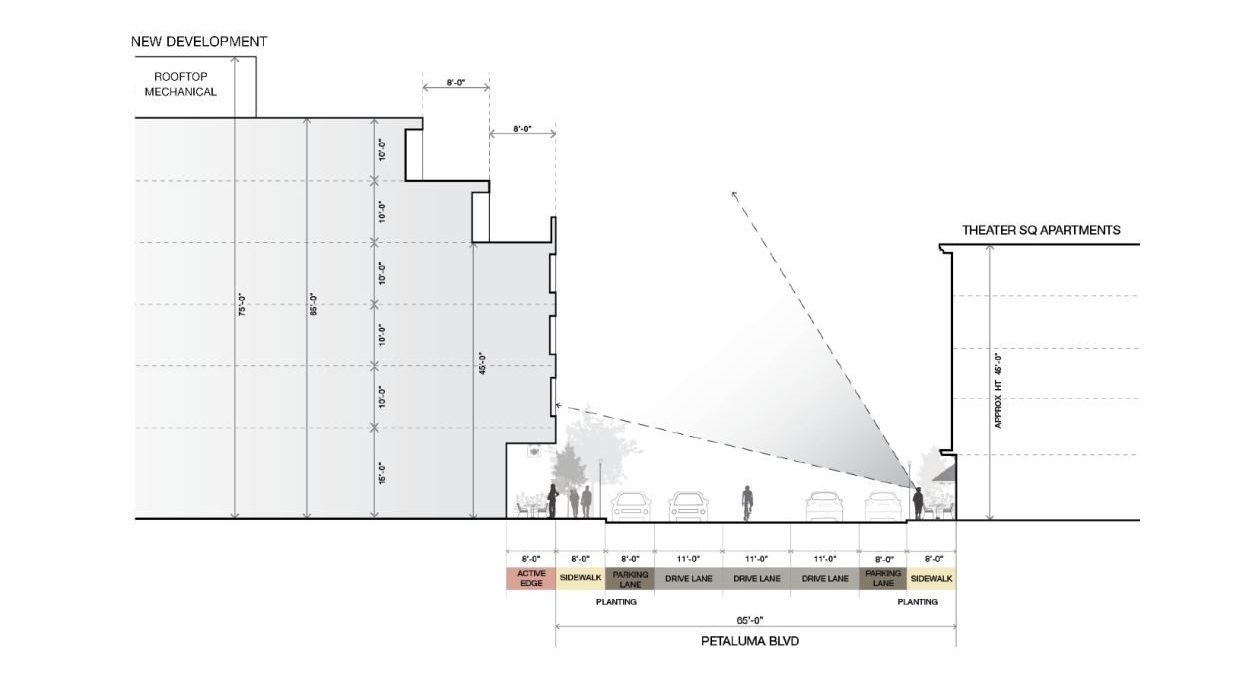IZO Section 24.070.A (Implementing Zoning Ordinance) provides the following regarding variances:
“The purpose of variances is to allow variation from the strict application of the terms of this Zoning Ordinance where, by reason of the exceptional narrowness, shallowness, or unusual shape of a parcel of property; or by reason of exceptional topographic conditions, or other extraordinary situation or condition of such parcel; or by reason of the use or development of property immediately adjoining the parcel in question, the literal enforcement of the requirements of this Zoning Ordinance would involve practical difficulties or would cause undue hardship unnecessary to carry out the spirit and purpose of this Zoning Ordinance.”
IZO Section 24.070.E provides that to approve a variance, the Planning Commission would need to find that all of the following conditions exist:
- There are peculiar and unusual conditions inherent to the property in question sufficient to cause a hardship, and such conditions are not common to all or most of the properties in the immediate area.
- The hardship created by the peculiar and unusual conditions inherent to the property were not created by any act of the owner. For purposes of this provision, personal, family or financial difficulties, loss of prospective profits, and neighboring violations are not hardships justifying a variance.
- A variance is necessary for the preservation and enjoyment of substantial property rights possessed by other properties in the same zoning district and in the vicinity, and a variance, if granted, would not constitute a special privilege of the recipient not enjoyed by neighbors.
- Granting the variance shall not create a substantial detriment to adjacent property and will be consistent with the purposes of this Zoning Ordinance and the public interest.
- A variance shall not be granted for a parcel of property which authorizes a use or activity which is not otherwise expressly authorized by the zone regulation governing the parcel of property.
Typically, the peculiar or unusual conditions that support granting a zoning variance are size, shape, topography, location or surroundings. (See Government Code Section 65906).
While a project like this is subject to review under each of the findings listed above, because the City would have to make all of the findings for the project to proceed, the inability to make 1 or more of the findings above is sufficient to reject a variance. Additionally, if the findings cannot be substantiated, they are subject to legal challenge and invalidation. Thus, instead of considering all of the findings, staff is focusing on finding #1 and #3, which are generally considered to be threshold findings to make first, and if they can be made, staff would then analyze the other findings. Staff believes that finding #1 and #3 cannot be made in this case.
Regarding #1, peculiar or unusual conditions are not present for the site, and no conditions exist for the site that are also not common to all or most of the properties in the immediate area. For this site, and other parcels within the General Plan Downtown subarea that are within the MU2 (Mixed Use 2) zone, Table 4.10 of the IZO sets forth the minimum lot area for new lots (2,000 square feet) but does not specify a minimum lot width or depth. The area of the hotel site is approximately 14,000 square feet, and the site dimensions are roughly 142 feet x 100 feet, the site is not the largest or the smallest when compared to parcels in the area, and in fact is very similar in shape and area as the site that includes Rex Ace Hardware and the site of the former Bank of the West. The hotel site is mostly flat (the grade of the site varies by no more than 3 feet), and based on a review of topographical maps for the area, parcels in the immediate vicinity of this site have the same or similar degree of slope as the site.
Regarding #3, The City would have to find that the variance was necessary for the preservation and enjoyment of substantial property rights and that granting a variance would not constitute a special privilege. Aside for the last 14 years, where the site has remained vacant, the site was developed as a service station and in that use for more than 60 years, providing the various owners over time with a substantial property right in that the site was in active and continuous use. The size and configuration of the site, along with the permitted uses established for the MU2 zone allow for a wide range of uses and building types to permit any owner of the site to benefit from a substantial property right. Staff believes that granting a variance for this site would constitute a special privilege, in that the parcels within the area cannot build to the FAR (Floor to Area Ratio) or building height contemplated by the Hotel project.
In conclusion, a variance for this site would not support in favor of a variance using Finding #1 or #3 above, and granting a variance would inconsistent with the stated purposes of a variance in that the site is not narrow, shallow or of an unusual shape, and when compared to the other parcels on the block, this site is surrounded by other sites that are flat and rectangular, and there is no evidence to suggest that there are other extraordinary situations or conditions that apply to the hotel site.




